Prepare your home for winter with our essential maintenance checklist
Preparing your home for winter can be quick, easy and cheap, but prevent serious remedial work when temperatures drop. Here's our guide to those all-important maintenance jobs now the clocks have gone back
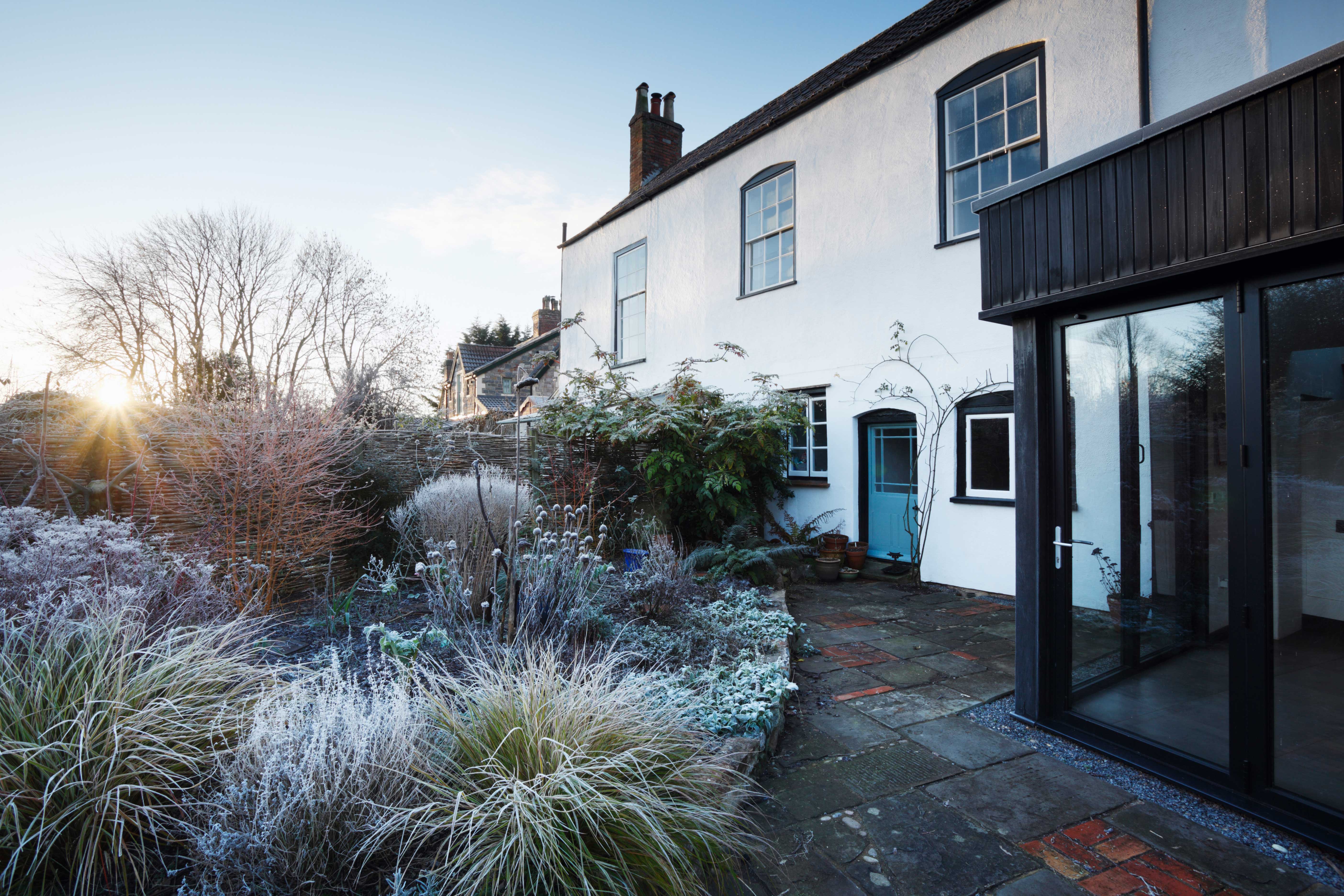
Essentials tasks to prepare your home for winter are often quick and inexpensive to undertake but could prevent costly remedial work down the line.
What's more, with energy prices at an all time high, simple, cost-effective measures such as draught proofing or bleeding radiators have never been so important. These energy saving tips are not only small steps towards creating a more energy-efficient home, but one which is cheaper to run!
From straightforward repair jobs, to those which require professional input, our winter maintenance checklist sets out essential tasks, both inside and outside, to ready your home for the colder weather now the clocks have gone back.
1. Bleed radiators to improve efficiency
"A simple task but one you should do before the winter months is maintaining your radiators around the home. You should bleed your radiators once a year to ensure there’s no trapped air inside," say the experts at B&Q.
"Trapped air causes poor circulation of hot water inside, so only parts of your radiator will warm up, meaning your central heating isn’t working effectively and it takes much longer to feel the heat." Subsequently, you could end up turning up the thermostat or running your central heating longer — both of which will increase energy costs.
Learning how to bleed a radiator is a fairly easy DIY task. "To release the air, firstly protect surfaces with a cloth and have a small bowl ready to catch the water prior to opening the air vent," begins Simon Morris, Marketing Manager at The Radiator Company.
"Venting is best carried out when the system is cold and off. When you're ready, open the air vent at the top of the radiator. Some radiators will require a vent key and others may need a small screwdriver.
"The air will escape through the vent, and then water will appear. Once this happens, gently close the vent and turn the heating system back on."
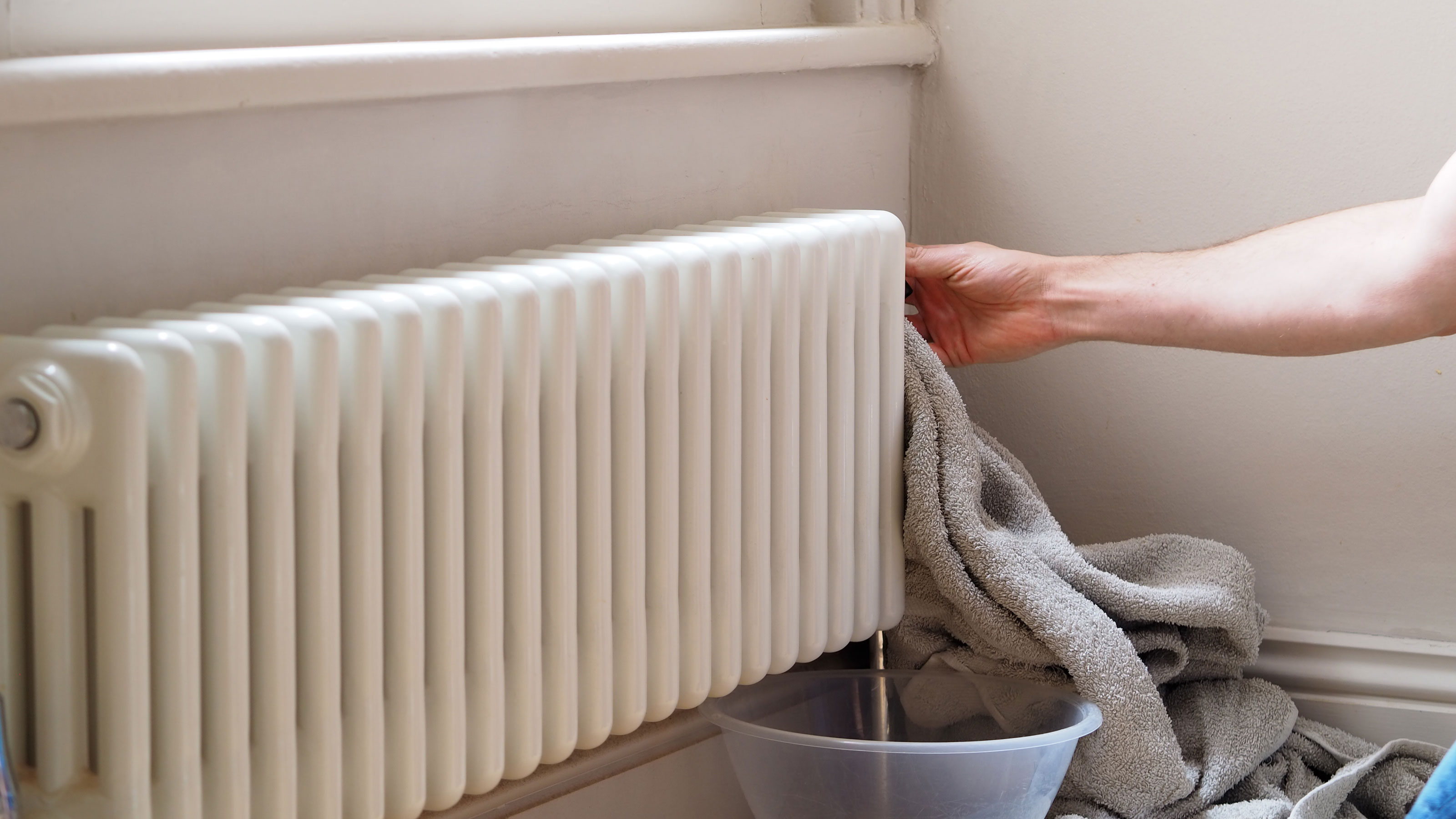
2. Address roof repairs now
From replacing slipped tiles, relaying loose ridge tiles to repairing roof flashing, undertaking small roof maintenance jobs will prevent leaks and damp that can cause deterioration to the roof structure and help prepare your home for winter.
“If there are only a few slipped or missing tiles or slates, they can usually be refixed or replaced fairly easily,” says chartered surveyor Ian Rock.
“On shallow pitched roofs, common on 1970s properties, the underfoot can start to sag, diverting rainwater down wall cavities. In this case, the lower layers of underfoot may need to be stripped, replaced and rebated.”
Some jobs are well within the remit of a confident DIYer – so long as you're taking suitable precautions working at height – others, such as repointing a chimney, might be best left to the professionals.
3. Get your chimney professionally swept
If you have a working fire or log burning stove, this task is ideally best undertaken before you start using it this winter. Sweeping will not only improve the efficiency of your chimney or flue but help to prevent chimney fires, ensuring any potential blockages and soot build-up are removed.
It's best to call in a professional — find one via HETAS or National Association of Chimney Sweeps. The job will take less than an hour, with the chimney sweep cost in the region of £50.
Importantly your chimney sweep should provide you with a certificate on completion, which is key to household insurancers should you ever been in the unfortunate position of claiming for a chimney fire.
Having your chimney swept can also reveal any potential issues. For instance, if excessive of water is noted, then it's possible that the flaunching (the mortar upon which the chimney pot(s) sit) or chimney stack brickwork require attention.
Finally, take the opportunity to check that your carbon monoxide monitor is still in working order and whether it needs a new battery.
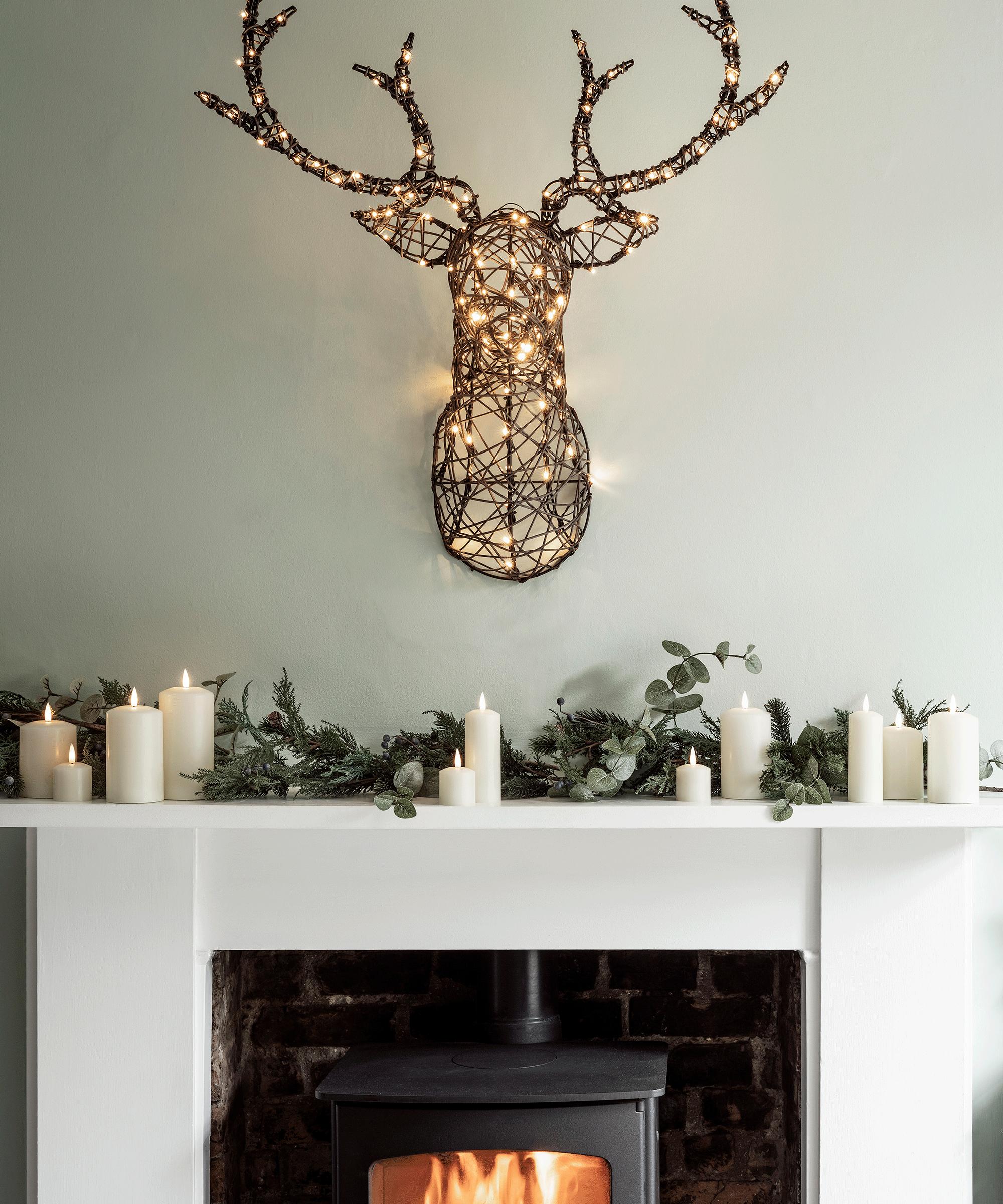
4. Lag pipes to prevent heat loss and bursts
'Lagging' or insulating pipes will help to reduce heat loss from your heating and hot water system and, more importantly, helps to prevent water freezing within pipes which could cause them to burst. Often plumbing is located in cold areas of the home, such as in uninsulated loft spaces and garages, which can exacerbate this issue in winter.
"This is especially important for boiler condensate pipes, which run from a boiler to the outside of a building, normally to a drain," add the experts at WaterSafe. "Ensure there are no gaps at bends, valves or fittings, and don’t forget to insulate the hot water tank and pipes too."
There are a number of different products available but foam pipe lagging can be readily bought from most DIY sheds and builders' merchants, and installed on a DIY basis. This task is likely to cost under £50 (depending on the size of the house).
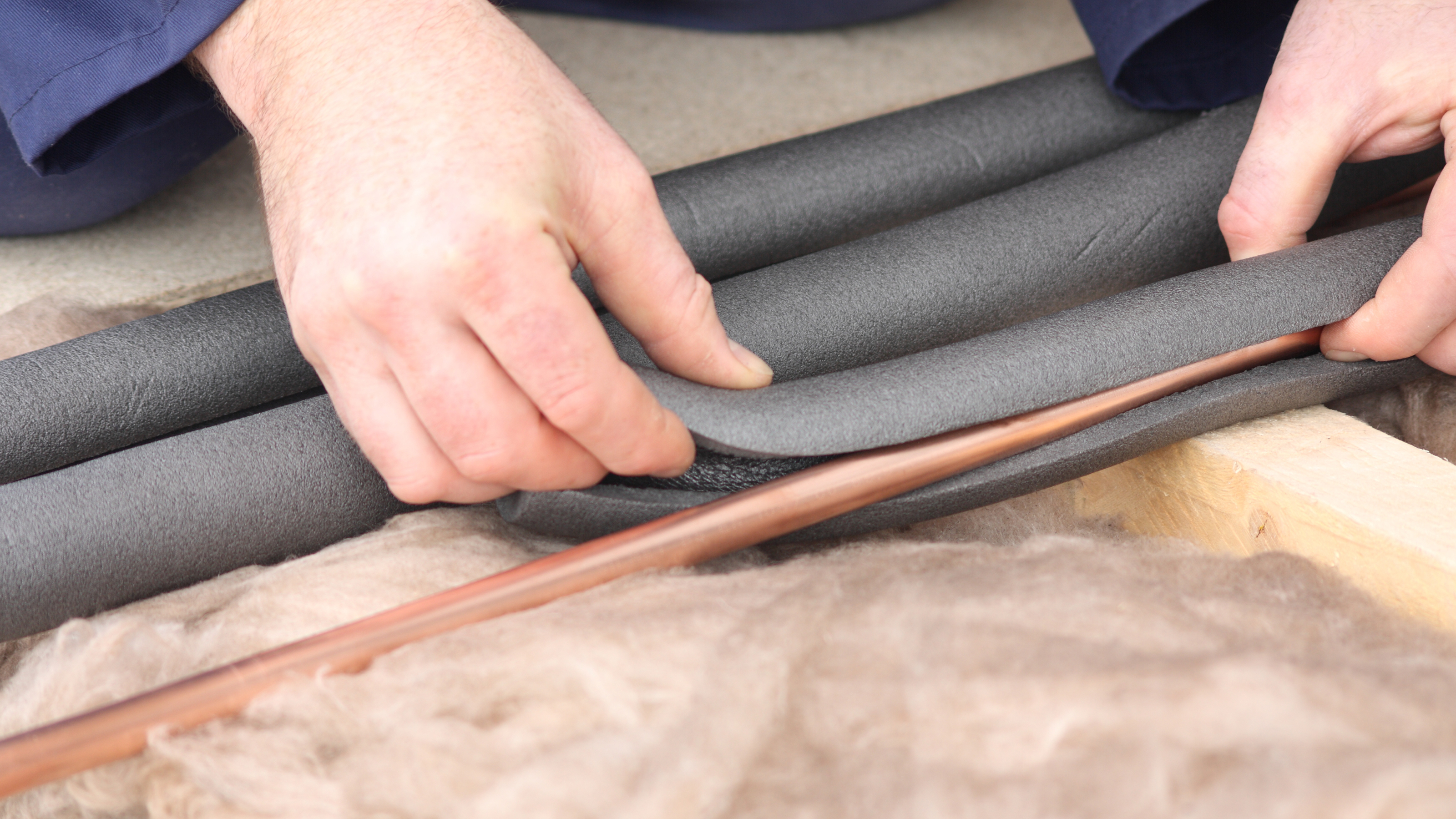
5. Clear gutters and downpipes
This is an essential task when preparing your home for the wet winter weather."Heat is lost much quicker through a damp wall than a dry wall, so walk around outside your home on a rainy day and check that water is discharging properly from gutters and downpipes and not running down the walls," explains Marianne Suhr, chartered building surveyor and co-author of Old House Eco Handbook.
"Make sure to get any building defects resolved, and clear your gutters and gulleys of leaves and blockages."
Homes with aging and shaded roofs (where moss build up can be an issue) and in close proximity to trees can be particularly prone to debris build up.
Whilst a little laborious, the best gutter cleaning products can make this a relatively quick DIY task at the weekend. Preventative measures such as gutter and downpipe guards are also a good way of ensuring rainwater goods do not become blocked again over the winter months.
Cracked, missing or damaged gutters and gutter brackets should ideally be replaced, too. Leaky rainwater goods, can, over a period of time lead to damp, so it's important to make these cheap fixes now — rather than having to address damp in your home.
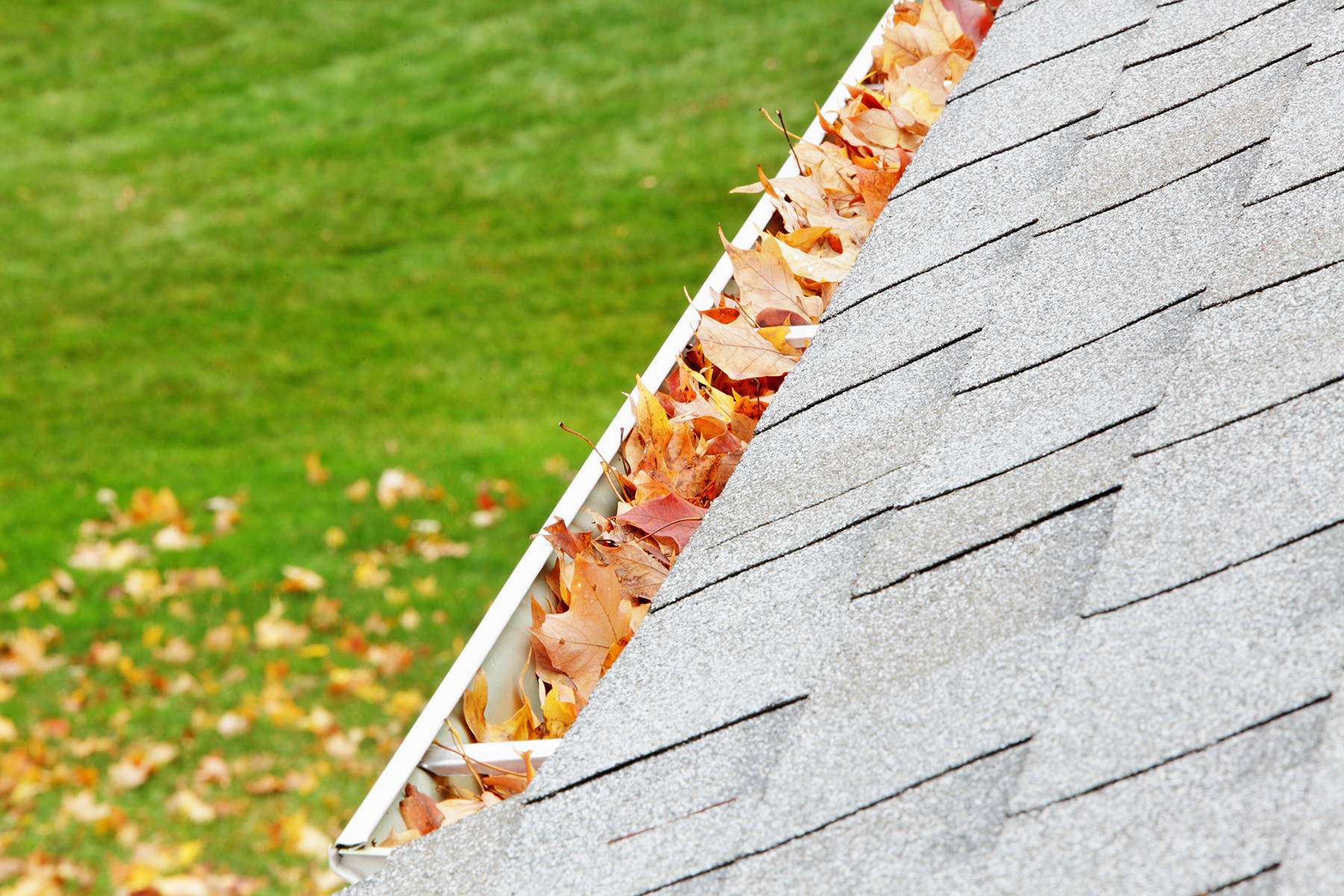
6. Book your annual boiler service
It's a job we often put off, but booking an annual boiler service could be money well spent, particularly in this day and age of rising energy bills. “When in your home for the service, heating engineers can advise on and make efficiency measures, ensuring your home is heated as efficiently as possible," adds Stewart Clements, Director of the Heating and Hot Water Industry Council.
What's more, spotting and repairing potential issues during a service could mean you're not left without heating or hot water in the coldest months whilst a boiler issue is fixed, or a new boiler is installed.
"Spending £50-£100 on a service could also save thousands of pounds in replacement or repair costs so it can be a false economy if you choose to skip out on having one done,” adds Clements.
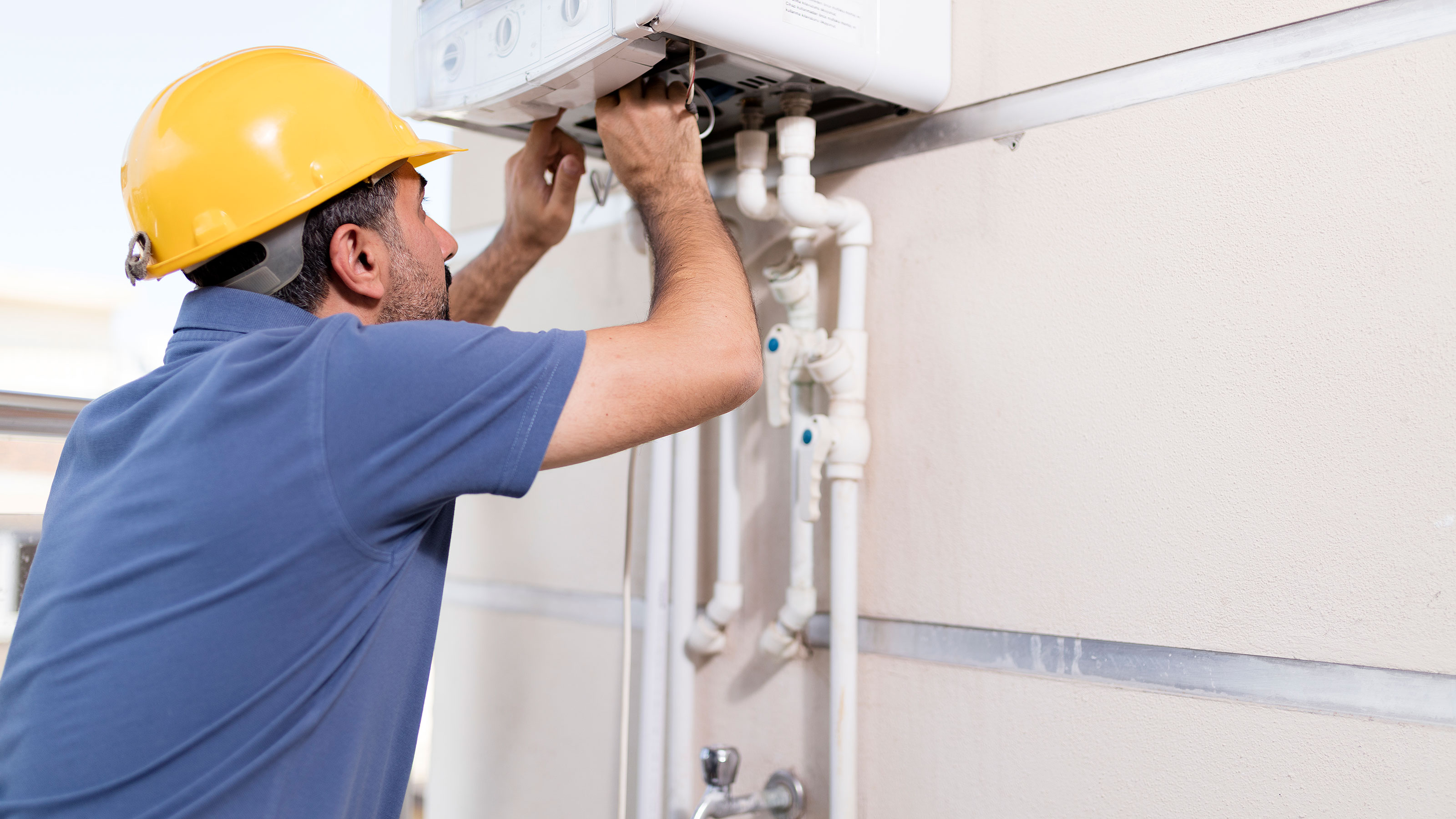
7. Check oil or LPG levels
If you have an off-mains heating system, ensuring you have sufficient fuel – be it oil or LPG – is a key step in preparing your home for winter — no one wants to be without heating and potentially hot water when the weather is at its coldest! What's more, suppliers are often busiest in the winter months and so delivery times could be longer than normal.
Another issue for those with oil-based heating systems is that debris which may have collected at the bottom of your oil tank can be pulled into your heating system. An oil heating engineer may then be required to clean the system and restart the boiler — an unnecessary expense if you can avoid it.
A digital monitoring system or regular schedule for deliveries can help avoid this situation. Keeping a regular check on your oil gauge before 'heating season' begins in earnest is also a good idea.
8. Insulate your loft space
Whether you get a professional in, or look to doing it yourself, insulating a loft will pay back relatively quickly, and will help keep your home warmer during the winter.
"Loft insulation can also prevent heat loss and improve heat retention in the home, with the Energy Saving Trust estimating this could save up to £590 on bills depending on the type of home," adds Stewart Clements, Director of the HHIC.
Poorly performing insulation that has slumped over time also needs addressing.
“The amount of insulation installed in the lofts of new buildings has steadily increased over the past half century, from about 25mm in the 1960s to 270mm today,” explains Roger Hunt, co-author of the Old House Eco Handbook. “Where existing insulation is in a poor condition (for example, it has lost its effectiveness where compressed) or badly fitted, complete replacement is normally advisable.”
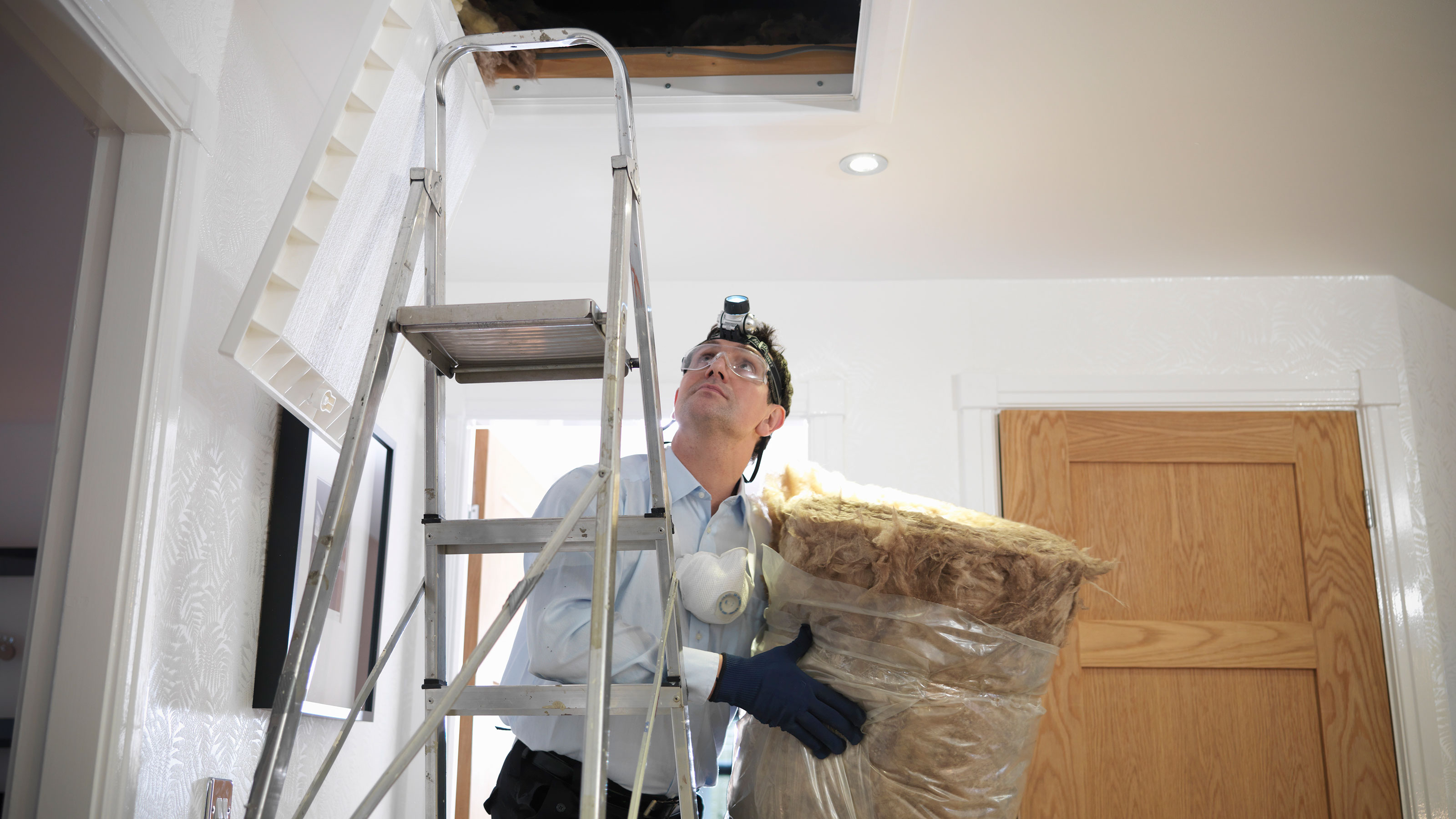
9. Make sure outdoor lights are working
The best outdoor wall lights are not only important to safety – illuminating paths, drives and the front door on dark winter nights – and security, but will also often be attractive features in their own right. So, ensuring they are working and clean and free of debris is a quick but useful task before winter.
Give outdoor lighting a good clean (shutting off the power to the unit first). Check that the bulbs are still working, and if they are not, swap over to LED bulbs.
10. Add draught proofing to windows and doors
With current energy prices rises, undertaking draught proofing measures can be a relatively simple and cost-effective way of improving your home's thermal performance.
“Rubber weather sealing is easy to buy online or in hardware stores. All you need to do is cut long strips to fit the dimensions of your windows and then peel and stick the sealing to the frame to close any gaps, eliminating drafts," says Graham Lock of Art Windows & Doors.
"Rubber sealing is a cheap and effective solution that has a minimal impact on the look of your windows. You can, however, potentially damage paint or leave a sticky residue when removing the seal.”
For those with single-glazed windows, secondary glazing can be a cost-effective and quick alternative to replacing windows.
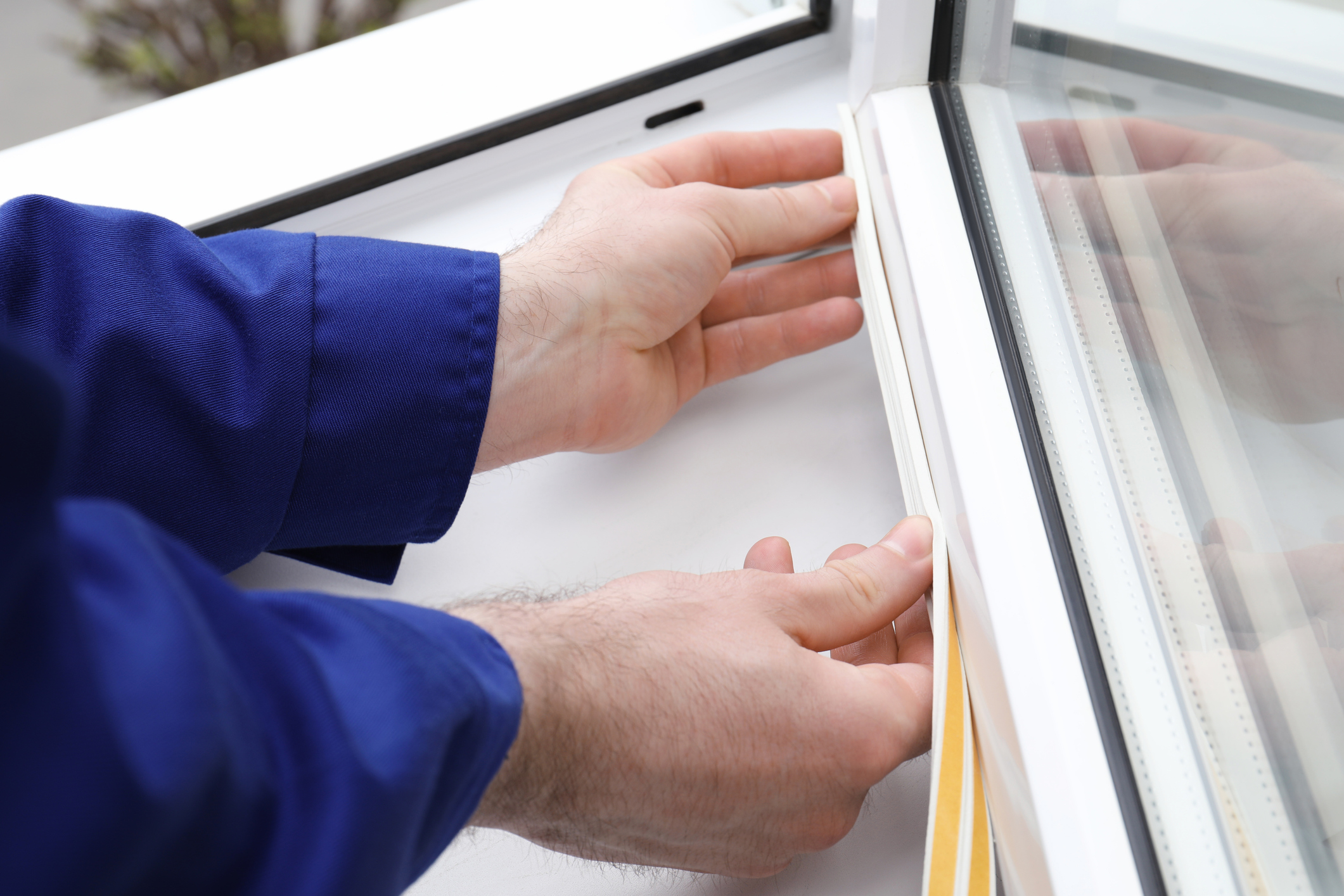
11. Keep firewood protected from the elements
If you do have a woodburner or open fire, protecting seasoned firewood from the elements is a key outdoor job in winter. So, now is the time to invest in a dedicated log store, or to build your own, perhaps using palettes.
The best log stores are slightly elevated from the ground, feature a solid roof with an overhang (to protect firewood from the rain) but are also open to the front or sides (or both) to allow for good ventilation.
A dedicated log store will also provide a place to season wet wood ready for next winter.
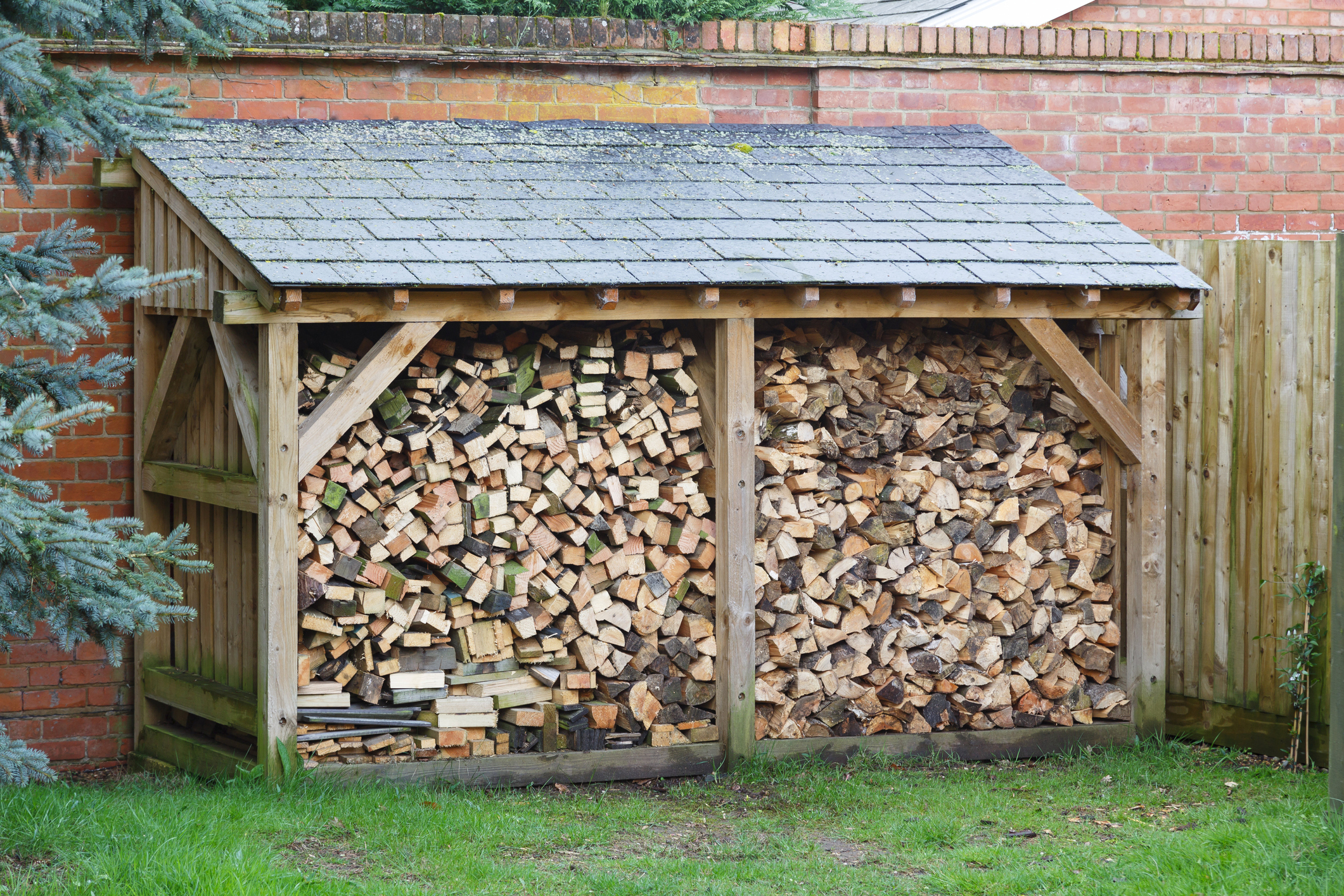
12. Insulate outdoor taps
Before the winter weather sets in, it's a good idea to turn your attention to outdoor taps. As temperatures drop, water within outdoor taps and hosepipes can freeze and potentially burst. The good news is there are some quick, inexpensive steps to help prevent this.
The first is to empty and disconnect any hosepipes connected to outdoor taps. The second is to cover your tap — purpose-made insulated tap covers cost under £10 – we like this insulated jacket which is easy to fit – and will help insulate your tap in the colder months.
13. Draught proof open fires
Open fires can be great visual focal points, but they can also be a significant source of draughts and heat loss in the homes, particularly large inglenook fireplaces.
“Chimneys are designed to draw air out of a building and continue to do this whether the fire is lit or not. If it is cold outside, and warm inside, and it’s a tall chimney, then this effect is increased dramatically,” says Chimney Sheep founder Sally Phillips. “Block the chimney, and these cold draughts are significantly and immediately reduced.”
There is an easy solution — products such as chimney balloons, Chimella and Chimney Sheep help prevent draughts but can be readily removed when you want to use the fire. A Chimney Sheep, for instance, is estimated to save households 5% on their heating bills, which is not insignificant in this age of rising energy costs.
Get the Homebuilding & Renovating Newsletter
Bring your dream home to life with expert advice, how to guides and design inspiration. Sign up for our newsletter and get two free tickets to a Homebuilding & Renovating Show near you.
Claire is Brand Development Editor and the former Editor in Chief of Homebuilding & Renovating website and magazine. She became Editor of Homebuilding & Renovating in 2016 and has been a member of the team for 16 years. An experienced homes journalist, her work has also appeared in titles such as Real Homes and Period Living.
She has a particular interest in green homes and sustainability, and interior design is a passion too; she has undertaken qualifications in this area.
After finishing a major renovation of a period cottage, she is now onto her next project: overhauling a 1930s property in the Shropshire countryside.

